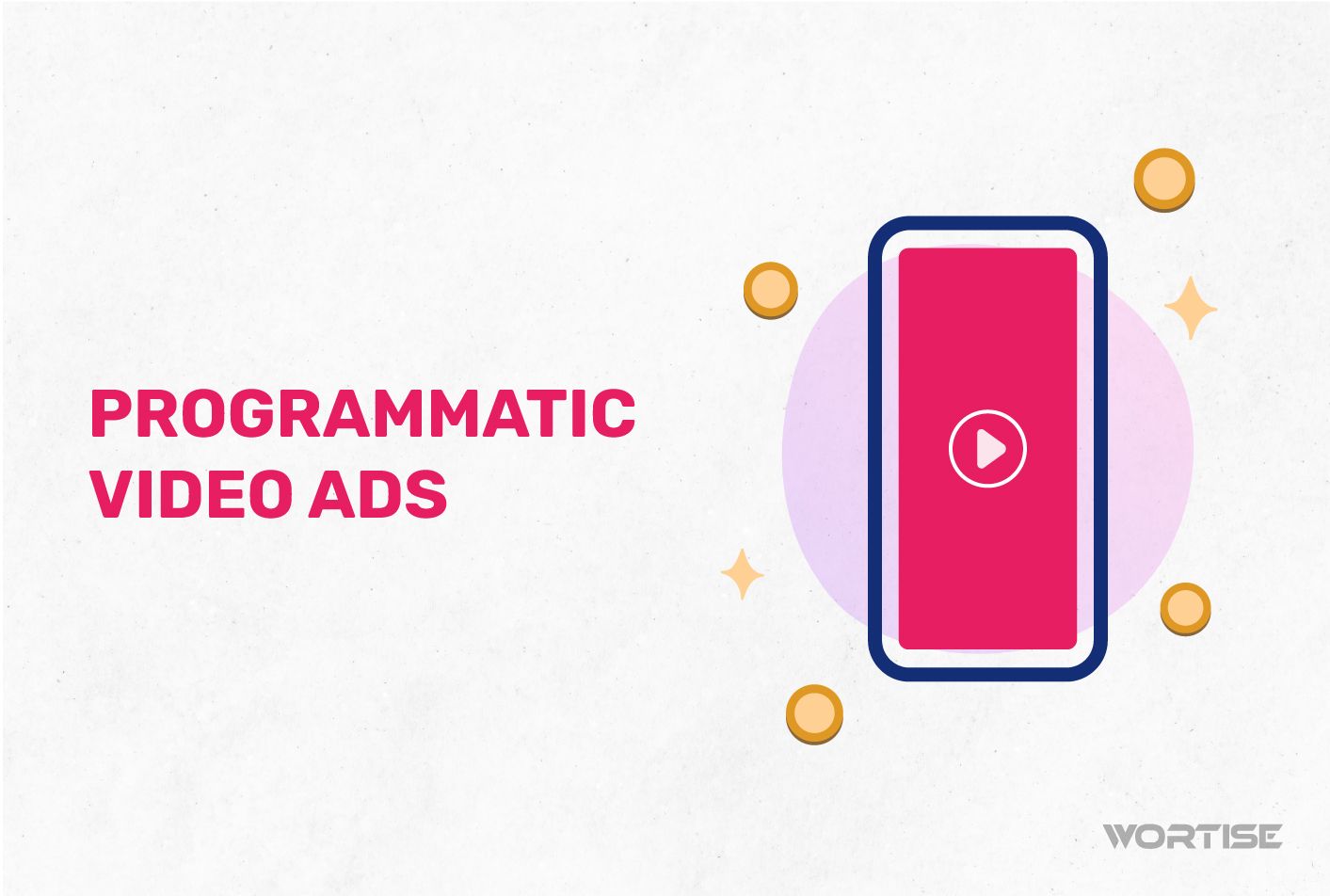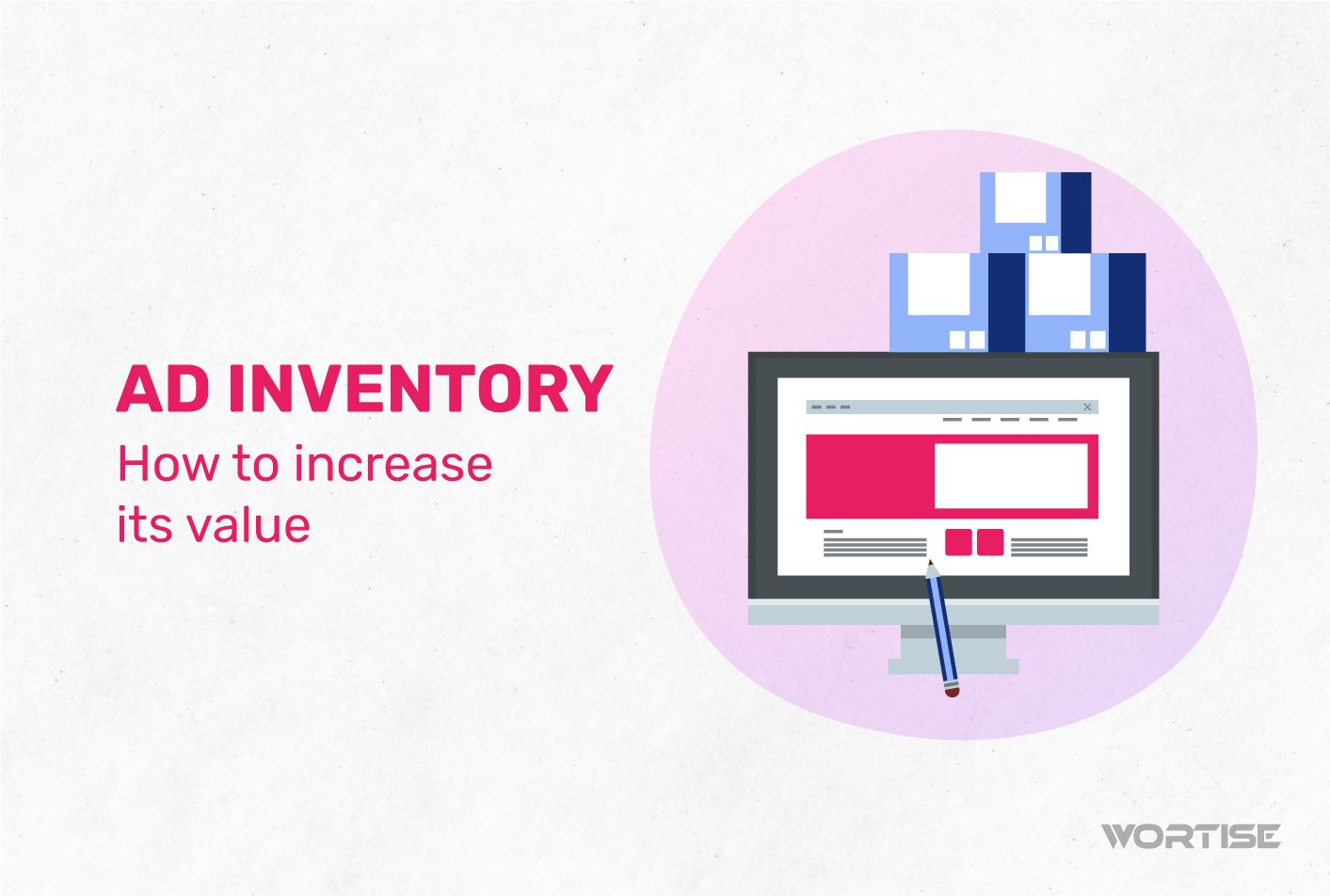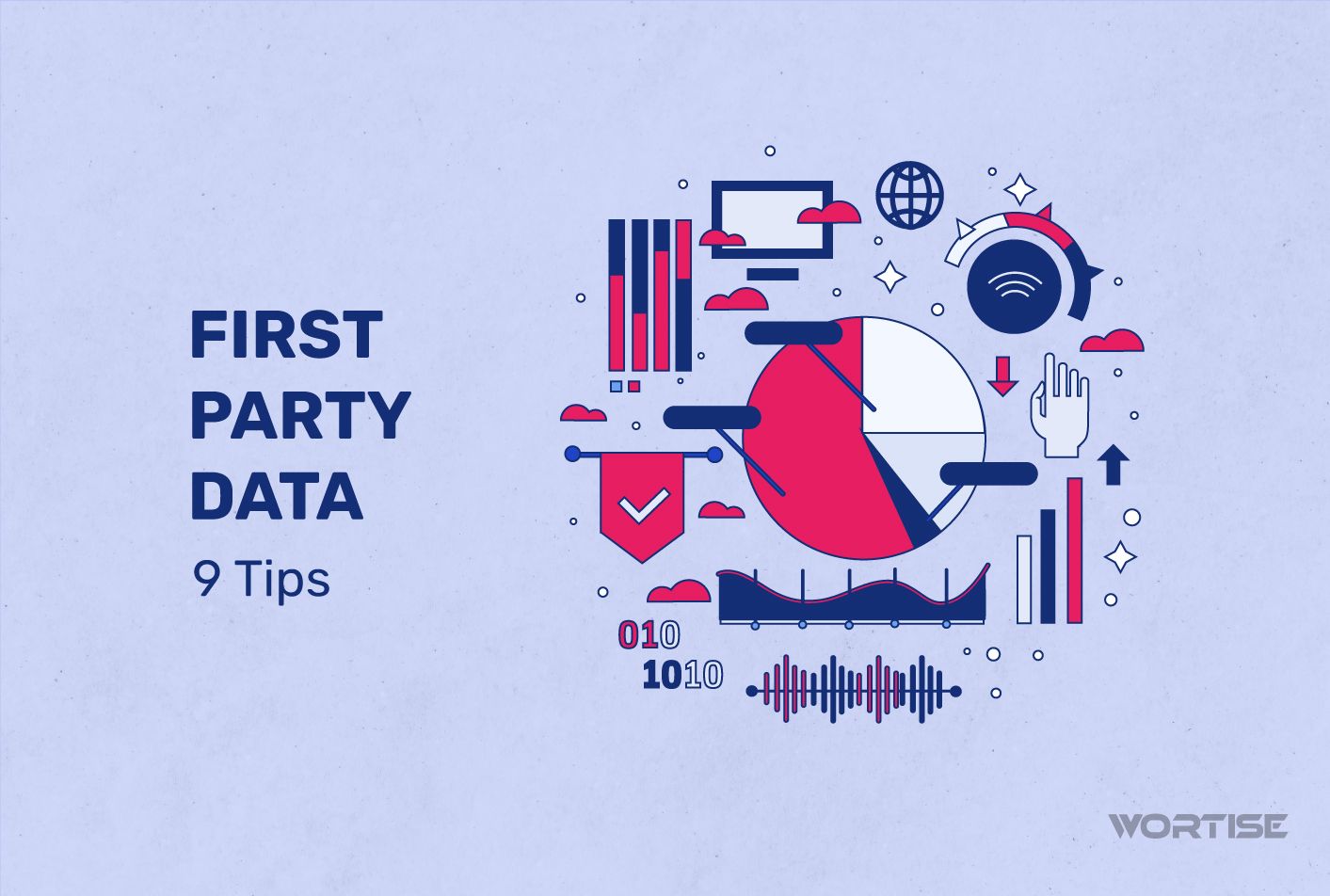Adapting to the environment isn’t just a survival tip; in programmatic advertising, it’s a surefire way to achieve your goals as a publisher. At the same time, your ad inventory can become a tool to ensure advertisers an optimal Return on Investment (ROI). In this win-win relationship, there are key allies: contextual ads.
With this format, strategies are tailored to the nature of the content and the platform where the user navigates. Serving the right ad in the right place has never been more crucial.
What are Contextual Ads and what is their role in programmatic advertising?
This type of ad follows the logic of contextual advertising, a modality that designs strategies based on the type of website or mobile application where ads are displayed. For that, keywords and the type of content they offer are taken into account.
Based on this information, contextual targeting is employed to offer ads relevant to the nature of the platforms. For example, if your app offers parenting advice, the ads will promote services and products for children and teenagers.
Thanks to contextual ads, a different connection is established with users. They are not perceived as intrusive content because they align with the nature of the environments they are navigating, increasing the chances of obtaining effective impressions.
In the age of cookieless environments, contextual ads are on the rise
The online world is preparing to bid farewell to cookies, stealthy and highly effective tools for understanding user behavior. These small files help characterize the previous activity of anyone visiting a website or a mobile application.
With this information, many publishers and advertisers made decisions in programmatic advertising. However, changes in privacy policies and the consolidation of portals and apps as privileged spaces for ad placement present new challenges.
In response to this scenario, new options emerge to continue publishing ads through these channels. One of them is precisely the use of contextual targeting and, with this mechanism, contextual ads.
Those who have tried this advertising format report benefits. According to a study by Seedtag and Nielsen, contextual advertising increases consumers’ interest in ads they receive by 32%. Simultaneously, it increases the willingness to receive similar ads in the future.
At this point, first-party data becomes a fundamental tool. This information is voluntarily offered by users to publishers, providing valuable insights into their inclinations, habits, and interests without violating their privacy.
Mediation platforms are essential
To navigate the cookieless era successfully, it is vital to have powerful mediation platforms that adapt to the current scenario of programmatic advertising, such as Google AdSense. Wortise is also available, which works with first-party data technology, offers connections to dozens of ad networks, and access to premium advertisers.
Differences between contextual advertising and behavioral advertising
As you can see, contextual ads break away from previously relevant practices in programmatic advertising. Previously, knowing users’ previous behavior was more critical to determine what type of ads might interest them. This is the logic of behavioral advertising.
Behavioral advertising takes into account the browsing patterns on websites or mobile applications. Behind these actions lie interests, desires, and expectations. Therefore, based on the information collected through cookies, publishers and advertisers can effectively infer users’ interests and design their strategies.
Although the differences between contextual and behavioral targeting are evident, some may tend to confuse them. To prepare for new times, use your keen eye and learn to distinguish them based on:
#1 Parameters for ad placement
The use of contextual ads responds to the characteristics and type of content on the website or mobile application. If you are visiting an app to book hotels for your vacation, you will see ads related to associated products, such as taxi services, car rentals, or travel guides.
In contrast, behavioral advertising focuses on the user’s behavior, the sites they visit, and the types of products they purchase online. For example, a gamer will frequently see ads for video games or devices targeted towards gamers.
#2 Source of information for strategy design
In the case of contextual advertising, strategies are designed based on the content and characteristics of the environments where the ads will be displayed. The purpose is to serve relevant creatives that align appropriately with the context.
On the other hand, behavioral advertising relies on data provided by cookies. This way, the criteria for displaying an ad are determined by the interests or behaviors inferred from that information.
#3 Levels of consumer privacy
To serve contextual ads, it is only necessary to know the profile of the platforms where the ads will be shown. This allows placing truly relevant creatives in related sites.
In contrast, behavioral advertising requires knowledge of users’ behavior in the digital world. Hence, the use of cookies is crucial, but advancements in privacy policies present challenges to their effectiveness in ad placement.
Principles of contextual ads: Adaptation to the environment is key
If you don’t work with data provided by data providers, where do the strengths of contextual ads lie? The answer lies in the principles of this programmatic advertising practice. The profile of websites and applications and the criteria used by Demand-Side Platforms (DSPs) are its fundamental pillars.
#1 Keywords and themes as the basis of segmentation
Since the purpose is to place ads in environments where they are relevant, it is essential to know which keywords or themes the ad can be associated with. For example, if it’s a skincare product, relevant keywords might be “skin care” or “beauty products.” For content, it would be related to publications and applications about skin cleansing, hydration, and protection.
With these criteria, known as contextual relevance, ad impressions are purchased, and ad placements are managed for effective targeting. If necessary, subcategories can be specified for better placement on websites or applications where contextual ads can be served.
#2 Demand-Side Platforms (DSPs) facilitate contextual ad placements
Knowing where to place an ad is not enough if you don’t have the right tool. At this point, allies for advertisers are Demand-Side Platforms (DSPs), responsible for ad buying. Advertisers provide parameters to help locate publishers on Supply-Side Platforms (SSPs).
#3 First-party data is key to proper segmentation
In a world where privacy matters, data obtained directly from users by publishers and advertisers become indispensable. Therefore, the use of contextual targeting is not at odds with handling first-party data.
Thus, contextual ads are not only an effective way to guarantee effective impressions but also contribute to increasing the effective cost per mille (eCPM) and safeguarding ROI by providing information that allows the reorientation of advertising strategies.
#4 App stores offer valuable information
Google Play or the App Store categorizes applications into various categories and subcategories. Additionally, reviews and download data can provide insights into the characteristics of each app of interest.
Advertisers can leverage this information to design their advertising strategies by understanding the profile of the type of publisher that aligns with their needs.
Two examples of highly effective contextual ads
The progressive elimination of cookies has solidified different ways of applying contextual ads. If you are unsure how to include them in your ad inventory, consider the effectiveness of formats such as native ads and search engine advertising.
Native ads: Relevant and tailored to each platform
This ad format is one of the best examples. By seamlessly integrating into the interface of an application as if it were a natural element, it becomes relevant content for users. They won’t perceive it as an intrusive piece but as a pertinent ad. The result? Increased monetization opportunities: it is estimated that they can increase eCPM up to seven times.
Moreover, native ads are highly versatile. They can be used on websites of different themes, in video games, news media, videos, and social networks.
Search engine advertising
If it’s about seizing opportunities, this format is designed to appear at the right moment. Its success depends on a proper analysis of keywords and the content that these expressions typically yield in search engines.
With the right criteria, placing these ads effectively aligns with the context and can provide an adequate Click Through Rate (CTR).
Win-Win: The benefits of contextual ads for publishers and advertisers
In times of change, we all seek to gain the most. With contextual ads, this is not just a desire; it is a guarantee for publishers and advertisers. Both actors in programmatic advertising can preserve and increase their revenues with this method.
What do publishers gain?
First and foremost, you maintain the reputation of your application. By including this type of creativity in your ad inventory, you send a positive signal to your users. They won’t feel invaded or uncomfortable when using your app and, at the same time, will be more willing to interact with the ads.
Moreover, users will feel that their privacy is protected. This is especially important if you operate in a country with strict data privacy regulations, such as the European Union, where the General Data Protection Regulation (GDPR) is in effect.
In terms of monetization, the advantages are even greater. Contextual ads offer higher CTR and a better Return on Advertising Spend (ROAS).
What do advertisers gain?
In terms of investment, campaigns with contextual ads are some of the most cost-effective in programmatic advertising. By saving resources traditionally allocated to behavioral advertising, advertisers and advertising agencies need to invest less in their strategies.
Furthermore, contextual ads enhance brand reputation. Users will feel more connected to ads that offer products or services in line with their interests, without feeling out of place. If you want to attract more consumers and retain those who already use your products or services, this is the right tool.
Perhaps the most significant gain is moving towards the new scenarios of programmatic advertising without traumas. Whether you are a publisher or an advertiser, you are now ready to face the challenges of a cookieless world, focusing more on user privacy.
Ready to succeed with contextual ads? At Wortise, we put our technology at the service of your monetization strategies.
Dear publisher, programmatic advertising is becoming more demanding every day. Alongside respecting user data, new possibilities arise with first-party data. We know how you can leverage first-party data to increase your reputation while boosting your earnings.
At Wortise, we help you increase your earnings as a publisher with our advanced ad network platform, with access to over 100 Ad Networks.
We provide personalized support, the highest eCPM in the market, and tactics to maximize your profits.




